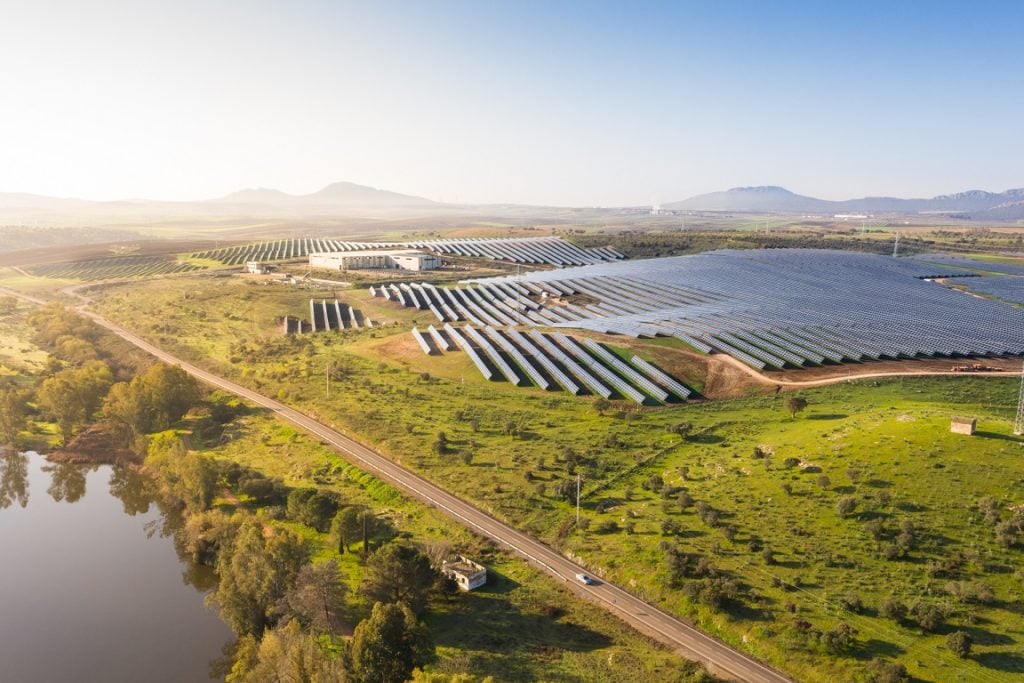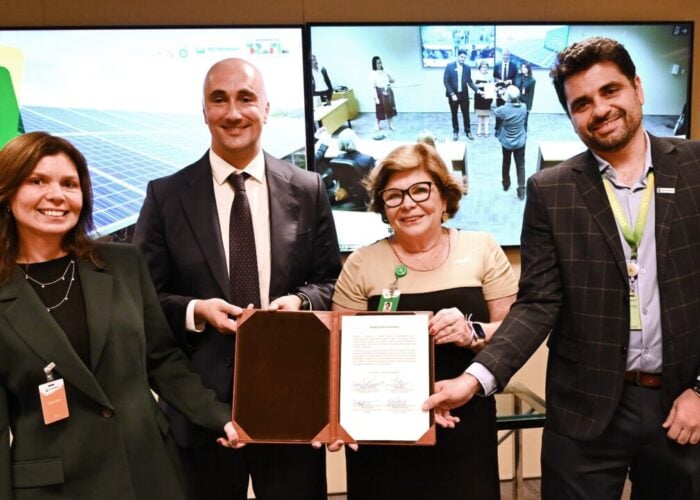
Trade association SolarPower Europe (SPE) has called on the European Union to increase the share of renewables in final energy demand to at least 45% by 2030, a move it says would put the bloc on track to deliver on the 1.5° Paris Agreement scenario.
That revision from the current 32% target would require a “significant increase” in both utility-scale and rooftop PV deployment, according to SPE, which estimates that reaching 45% renewables in the EU’s final energy demand would correspond to 870GW of installed solar capacity.
Try Premium for just $1
- Full premium access for the first month at only $1
- Converts to an annual rate after 30 days unless cancelled
- Cancel anytime during the trial period
Premium Benefits
- Expert industry analysis and interviews
- Digital access to PV Tech Power journal
- Exclusive event discounts
Or get the full Premium subscription right away
Or continue reading this article for free
As of year-end 2020, the EU had 137GW of installed solar, while the combined solar capacity in member states’ national energy and climate plans for 2030 currently stands at 335GW.
However, SPE said that driven by the increasing cost-competitiveness of solar, most EU markets are “likely to overachieve” their current ambitions, adding that the 870GW figure is “within reach” and can be supported by removing bottlenecks related to grid access, financing and permitting.
SPE said the 45% renewables ambition “would provide the policy and investor confidence to drive the needed increase in the deployment of additional capacity”.
The upgraded clean energy target is one of six key recommendations put forward by SPE to future proof the EU’s renewable energy directive (RED), which is in the process of being revised as the bloc aims to reduce net greenhouse gas emissions by at least 55% by 2030 compared to 1990 levels.
Other policy proposals include an enhanced framework for medium-sized on-site renewable energy installations to promote self-consumption. According to SPE, the current framework does not tackle the need to remove barriers and facilitate mid-sized self-consumption installations between 30kW and 1MW.
As well as setting minimum requirements for generation of renewable energy on buildings, SPE is calling for a removal of administrative barriers that it says “remain a clear challenge” to the development of renewables projects across the EU.
The association said the RED revision should also introduce a certification and traceability system for renewable hydrogen, and should develop dedicated market pull instruments to support the cost-competitive production of renewable hydrogen, such as contracts for difference and premiums.
Despite the impact of COVID-19, Europe recorded its second-best year for solar deployment in 2020, adding 18.7GW – an increase of 11% on 2019. SPE is forecasting that double-digit growth in terms of solar installs will continue over the next four years.






